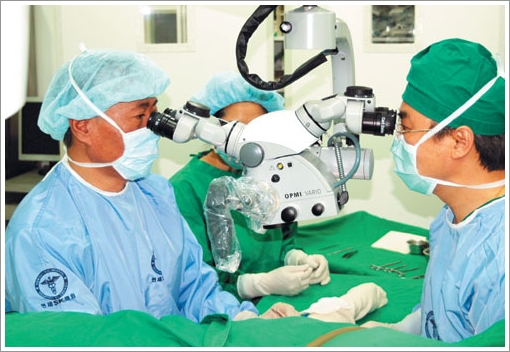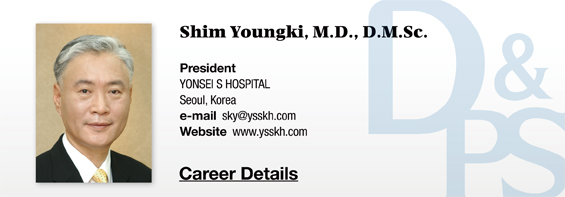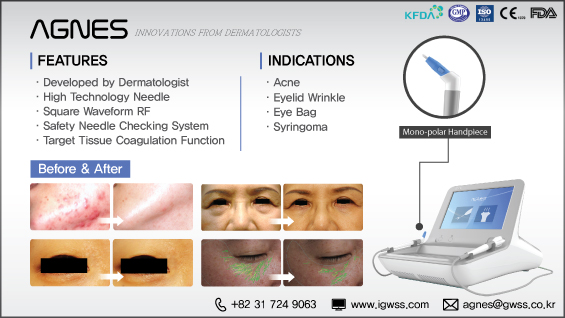
Antibiotics
As patients with lymphedema have weakened immunity, it is advisable that they have two weeks’ worth of antibiotics at home. At the first signs of redness, pain, and further swelling in the affected area, antibiotics should be administered immediately. Use antibiotics in the early stages of dermatitis. In patients with lymphedema presenting severe or persistent inflammation, intravenous or intramuscular antibiotics should be continued for a longer period of time than in healthy people. Topical antibiotics and topical alpha chymotrypsin ointments are moderately effective in fibrosis. Patients with lymphedema have a high risk of fungal infection, in particular tinea pedis. Today’s medication options are much better than in the past and patients with fungal infection can benefit from medical therapy. Skin ulcer is only common with venous insufficiency, however, also requires aggressive treatment to prevent spread of inflammation.
Steroids
Steroids can be temporarily used when a lymph node is blocked by a tumor.
Selenium
Selenium has antioxidant action and promotes lymph circulation. It is administered as a regular intravenous injection and can be combined with surgery.
[Advertisement] AGNES(Radio Frequency) – Manufacturer: (www.igwss.com)
Diuretics
In the past diuretics such as thiazide or spinololactone were commonly used. If the swelling drastically improves with diuretics, lymphedema is ruled out. Diuretics is not a medical treatment of lymphedema. Lymphedema does not respond to diuretics because as edema worsens, fibrosis sets in and develops into scleroderma. In other words, diuretics can exacerbate lymphedema and should be used with caution.
-To be continued





















